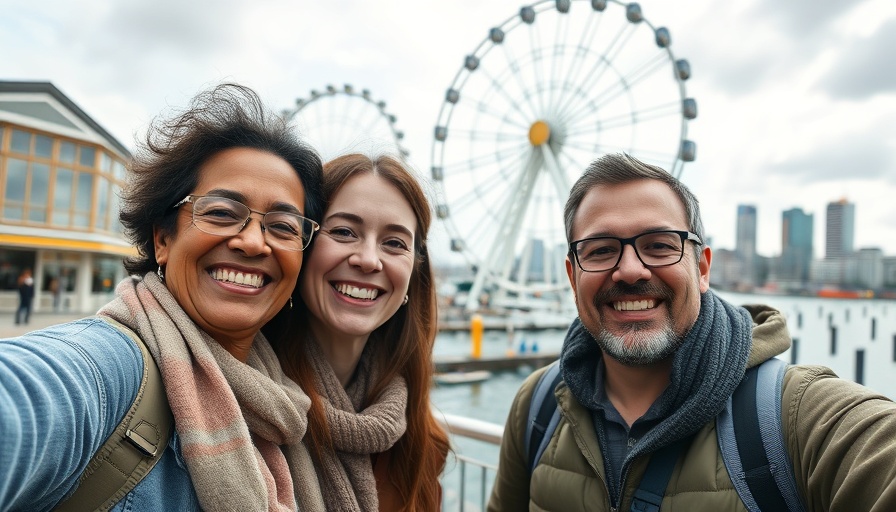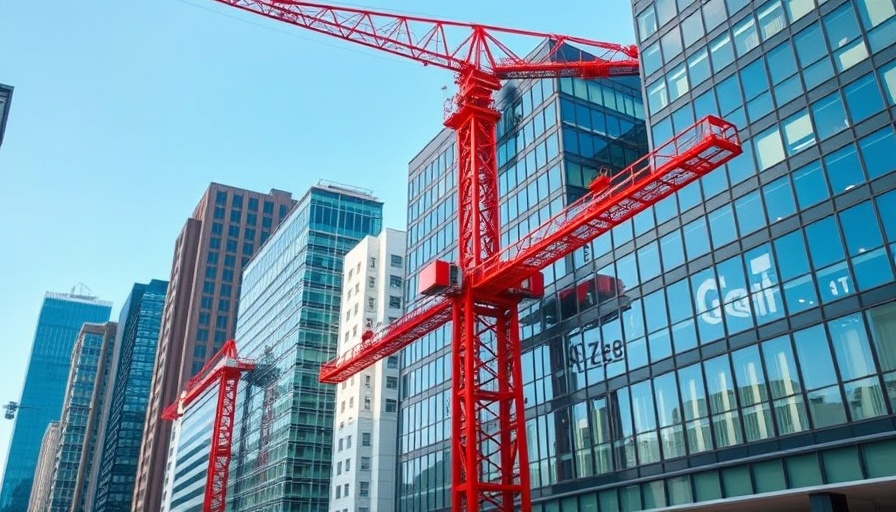
How Political Climate Is Shaping San Francisco's Tourism
In recent years, San Francisco has been on the brink of a tourism renaissance, yet external factors, including political climates, are now stifling that momentum. As international travelers hesitated to make San Francisco their destination, stories like that of Kaitlin Szentes highlight a growing unease. Szentes, who had eagerly planned a trip from Austria, reflects a sentiment echoed by many would-be visitors. Due to stricter immigration policies under the Trump administration that have caused fear and confusion, many families are choosing to travel elsewhere, a sentiment that could have lasting impacts on the Golden City's economy.
The Economic Impact of Declining International Tourism
With the number of international visitors dipping nearly 5% compared to early 2024, the potential economic fallout cannot be ignored. In 2019, international tourism brought in significant revenue, with about 60% of overnight spending coming from international visitors. As officials anticipated a rebound this year, the reality of decreasing figures complicates what was hoped to be a recovery.
A considerable share of San Francisco's economic health leans on the tourism sector, as it supports a wide array of local businesses—from hotels and restaurants to cultural venues and retail shops. Recent data suggests visitors from Europe, a critical demographic, have decreased more than 6% year-over-year. This is worrisome, considering the multifaceted impact of travel on everything from job security to local community well-being.
The Cultural Significance of Tourism in San Francisco
Understanding the cultural fabric of San Francisco requires recognizing the role of tourism as more than merely an economic driver. Tourists engage with local communities, supporting cultural exchange and appreciation for diversity. Yet as tourists refrain from traveling, the city could risk losing these vital exchanges. Vance's remarks calling Europeans “freeloaders” further cement the rift between the U.S. and potential tourists, sending shockwaves through an already fragile tourism landscape.
Historical Parallels: Previous Crises that Affected Tourism
Looking back at past crises sheds light on how tourism can rebound, yet the severity of a downturn can vary significantly. Previous events—like the aftermath of the September 11 attacks—exuded similar sentiments of fear and insecurity among travelers. However, the resilience of cities like San Francisco speaks to the durability of the tourism sector when tackled with focused policy and international diplomacy.
What Can Be Done to Reverse the Current Trend?
To navigate out of the current downturn, local leaders and policymakers need to address both safety concerns and immigration policies directly. Fostering an environment that welcomes international tourism through clear communication and inclusive policies could reignite interest in San Francisco as a travel destination. Collaborative efforts between local businesses and government entities could establish the city not only as a place of great history and beauty but as a welcoming and inclusive space.
Conclusion: Revitalizing San Francisco's Tourism
The spirit of San Francisco is best reflected in its vibrant tourism scene. Responding as a city, stakeholders must advocate for policies that promote openness and accessibility. As we witness hesitance from international tourists, initiating dialogue about building a more inviting atmosphere can ignite interest once more. Families like Szentes's shouldn’t feel deterred from visiting this remarkable city, a beacon of culture and innovation.
As we navigate these challenging times, it’s crucial for all of us—residents, businesses, and politicians—to come together to secure the future of tourism in San Francisco. I encourage our leaders to listen to both residents and potential visitors alike, understanding that the key to revitalizing this city lies in its ability to connect while celebrating its rich tapestry of culture.
 Add Row
Add Row  Add
Add 




 Add Row
Add Row  Add
Add 

Write A Comment